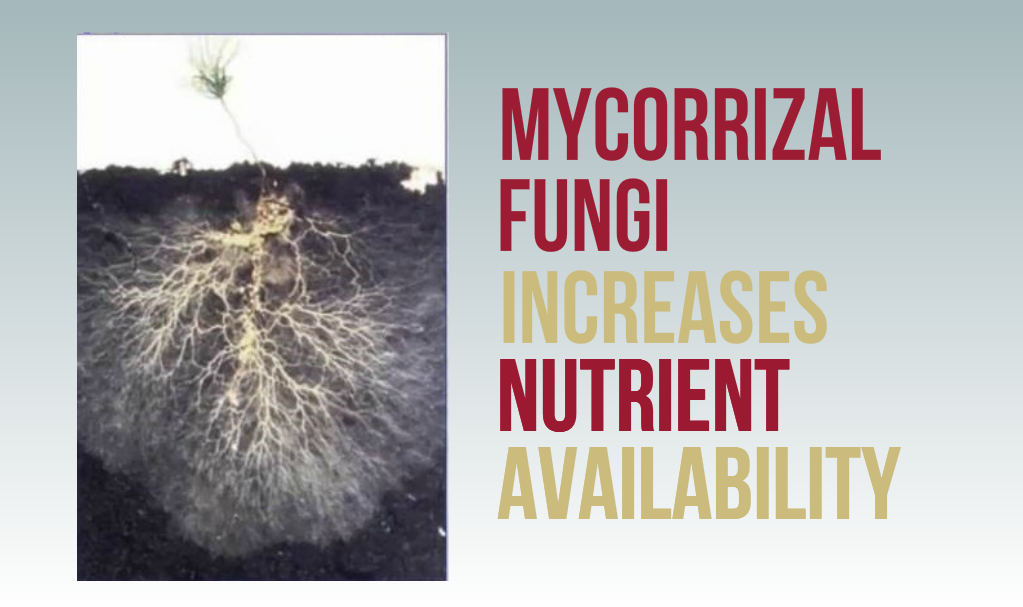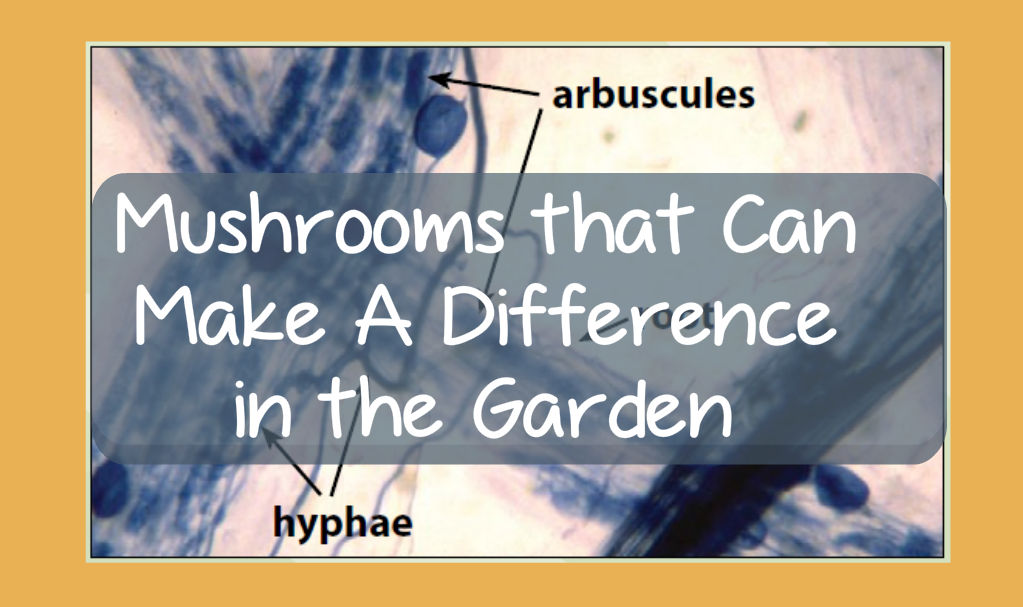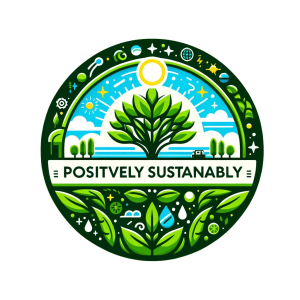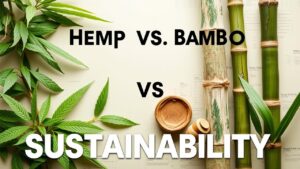The Mushroom that will supercharge your plants!
Hidden from the visible eye is a whole ecosystem of microorganism living in our soil. These microorganism have a mutualistic relationship with the plants which we love to grow and eat.
Like humans, plants need nutrients to survive and thrive, only plants get their nutrients from the soil. When soil conditions are not optimal, such as slightly acid conditions, cold temperatures and low nutrients including phosphorous and nitrogen, plants have a hard time growing and producing, resulting in stunted growth and low crop yields. Not good.

Benefits of Soil Microbes
In the garden, root interception of nutrients can be enhanced through the introduction of mychorrhizal fungi. Mychorrhizae form a symbiotic relationship between the fungi and the plant roots. The fungi basically invades (in a good way) the plant root, and grow from inside the plant cells to act as extensions of the plant root systems. Both parties benefit. The fungi form small structures known as arbuscules, which are the site of transfer of nutrients from fungi to host plant, thus allowing more extraction of nutrients from the soil for both the fungi and the plants. The short name for mychorrizal fungi is VAM.
Plant Benefits from Mycorrhizal Introduction
- Better and more robust growth
- Healthier, denser root systems with improved ability to get nutrients from soil
- Richer and denser fruits and vegetables
- Lower need of watering and fertilizing
- Higher resistance to drought
- Decreased stress during transplanting
- Stabilization of surface
- Protection against some soil pathogenes and diseases
Salt and Toxic Metal Defense
The introduction of mychorrhizae protect plants from excessive uptake of salts and heavy metals, particularly in western soils where salt content can be high. This is also true for high acid (low pH) soils, which are prevalent in the South.

Promotes Drought Resistance
Mychorrizae also have been shown to improve water uptake in soils, making plants more resistant to drought.
Protection from Soilborne Diseases
Dampoff and other soil borne diseases flourish when the native soil microbes can’t defend the plants. The introduction of beneficial microbes, including the mychorrizal fungi can make a plant stronger and win against the soil borne diseases.
There is evidence that mycorrhazae protects plants from certain soilborne diseases by producing antibiotics and competing with diseases for infection sites on the roots.
Endo vs Ecto Fungi
There are two types of mycorrhiza – endo and ecto and both are commercially available to give your plants a boost. Some commercially available fertilizers contain these fungi in mix, particularly ones that boast “beneficial soil microbes” on the package. Ectomychorrhiza are most associated with trees in temperate and semi-arid regions. The endomycorrhiza are the most common and widespread fungi, and include most vegetables and fruits. There are only two groups of crops plants that do not form mychorrizae – Cruciferae (cabbage, canola, rape, broccoli) and the Chenopodiaceae (sugar beet, beet and spinach).
VAM – For Garden Crops
The endomycorrhiza are more prevalent in agricultural crops, including garden vegetables and are known as VAM (vesticual arbuscular mycorrhiza). The VAM is what will be most beneficial in backyard gardens. When the fungi become embedded in the root, nutrient absorption can be 10 times better than an uninfected root due to the larger nutrient absorbing surface provided by the fungi. Their arms can extend 3 inches beyond the actual roots, allowing more surface area and absorption of nutrients.
VAM fungi produce enhanced phosphorous uptake, which improves plant growth. It also results in the uptake of potassium (K), calcium (Ca), magnesium (Mg), zinc (Zn), copper (Cu), manganese (Mn) and iron (Fe). The presence of this fungi also is known to enhance nitrogen fixation in legumes. The vitamins of the plant world!
Types of VAM to Purchase & Application
Commercially available VAM for purchase generally are in the Glomus genus. Glomus intraradices, Glomus mosseae, Glomus coronatum and Glomus etunicatum in many cases come together in a pre-formed mix. The VAM typically come in liquid or pellet form. It is actual fungi spores (like mushroom spores) that is being purchased. Application rate will depend upon the manufacturer, but it is best to incorporate the VAM prior to planting or seeding so that is can be thoroughly mixed into the soil. The pellets may either come in liquid form, loose in the mix (granular) or in teabags, which can be inserted into the planting hole, if transplanting vegetables from pots.
Dry formulations of mycorrhizae have a typical shelf life of 16-24 months so check the expiration date on the package. Products that require refrigeration or special handling are not recommended since refrigerated products may have been allowed to get warm and be reduced in effectiveness long before you receive them. Compare products before you purchase, particularly the number of propagules per gram of the VAM. The higher the number, the more fungal spores there will be to inoculate the plant roots.
Preferable is to purchase mycorrhizal products that are organically certified. This ensures that the product does not contain any harmful human pathogens, genetically modified organisms or synthetically produced ingredients.





